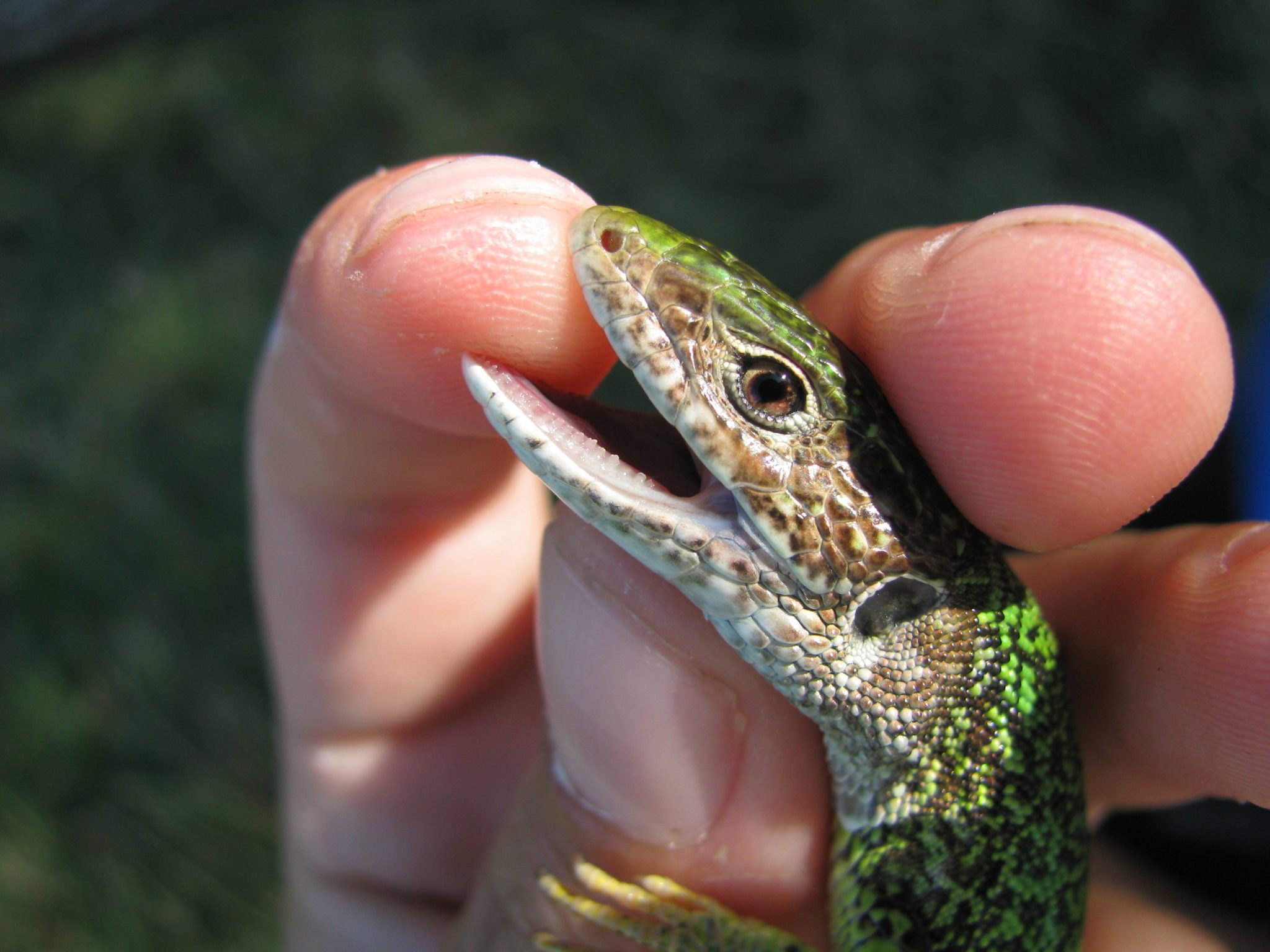If you’ve ever worked as a field biologist, you know how hard sample collection can be. It’s a tough job even if you only want to collect biological samples from a small number of animals living in a relatively confined area (I could tell you long stories about the two summers I spent catching lizards). If you want to get samples from a list of species which all live in different (and possibly exotic) locations you’re going to need an almost infinite amount of money, a big group of dedicated people and a decent amount of luck. Fortunately, we have an alternative: museums. Just to give you an idea: there are more than 126 million items in the collection of the National Museum of Natural History (Smithsonian) alone. So, what’s all this got to do with next generation sequencing?
NGS provides a great tool for analysing a large number of biological samples with relatively small effort. Let’s see a few examples of what researches can do with a bunch of museum specimens and a sequencer (and some knowledge about sampling and lab techniques, of course):
- They can sequence degraded and historical samples:
-
Genomic Treasure Troves: Complete Genome Sequencing of Herbarium and Insect Museum Specimens Staats et al. 2013
-
- They can find out who went where:
-
Next-Generation Museomics Disentangles One of the Largest Primate Radiations Guschanski et al. 2013
-
Mitochondrial Phylogenomics of Modern and Ancient Equids Vilstrup et al. 2013
-
- They can sequence hard-to-catch animals:
-
Efficient cross-species capture hybridization and next-generation sequencing of mitochondrial genomes from noninvasively sampled museum specimens Mason et al. 2011
-






